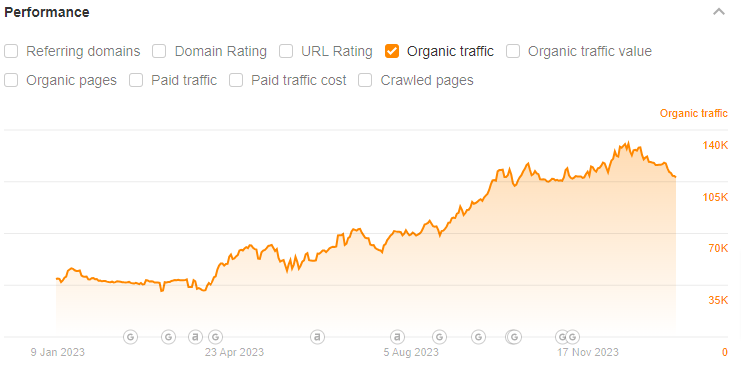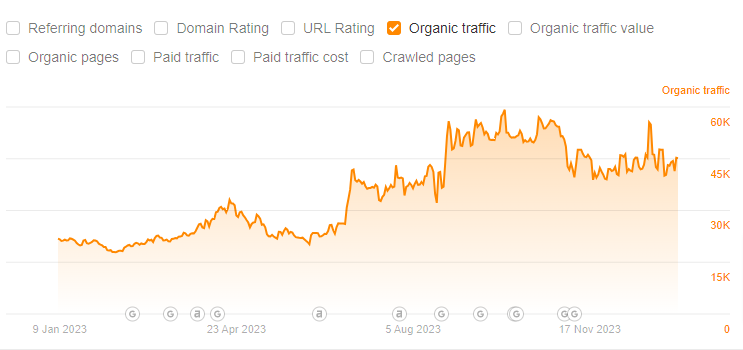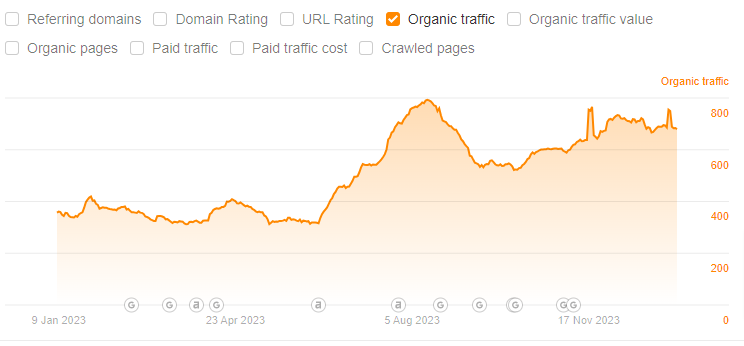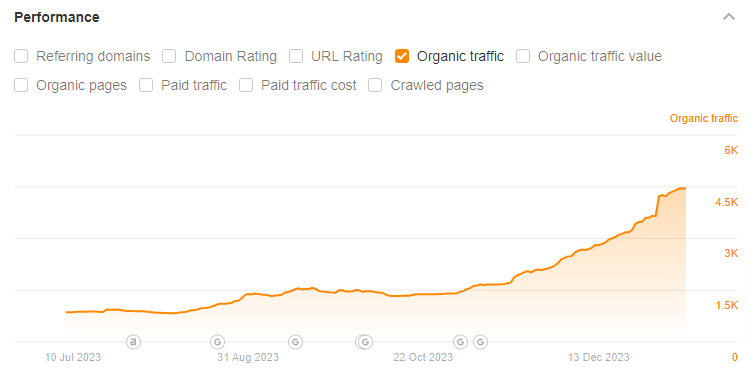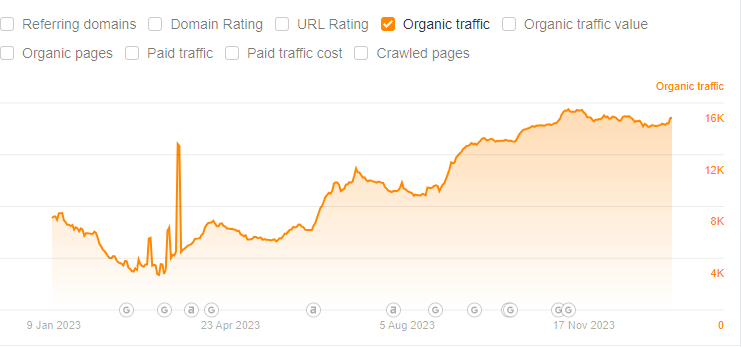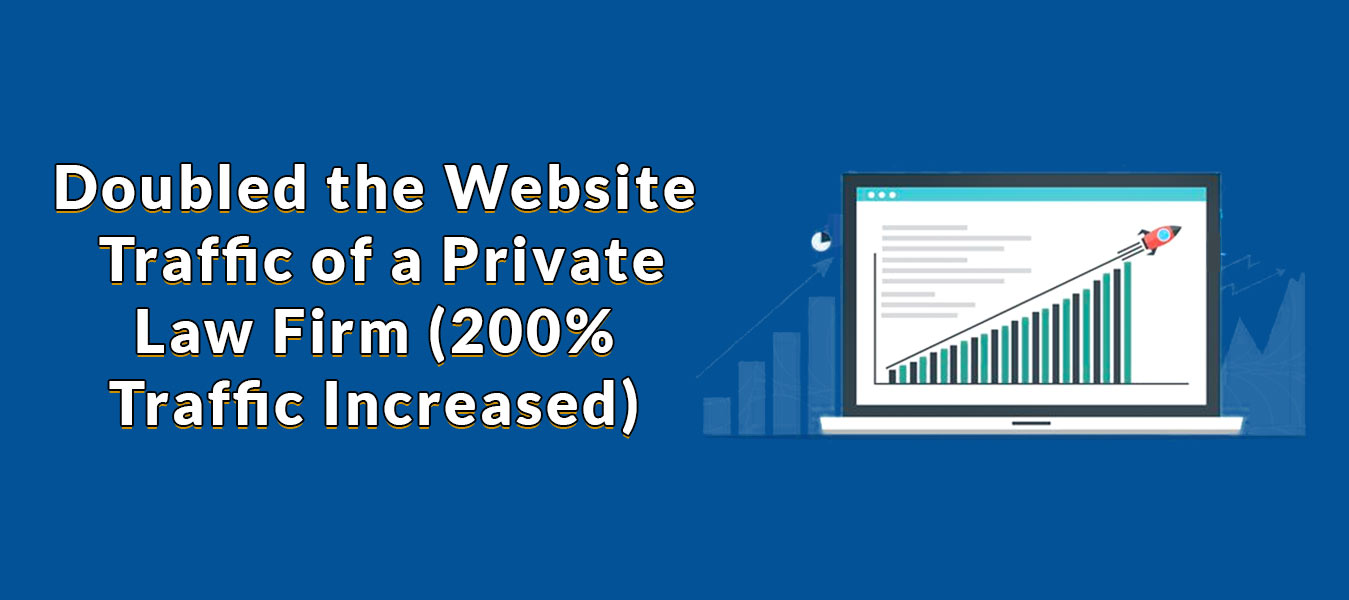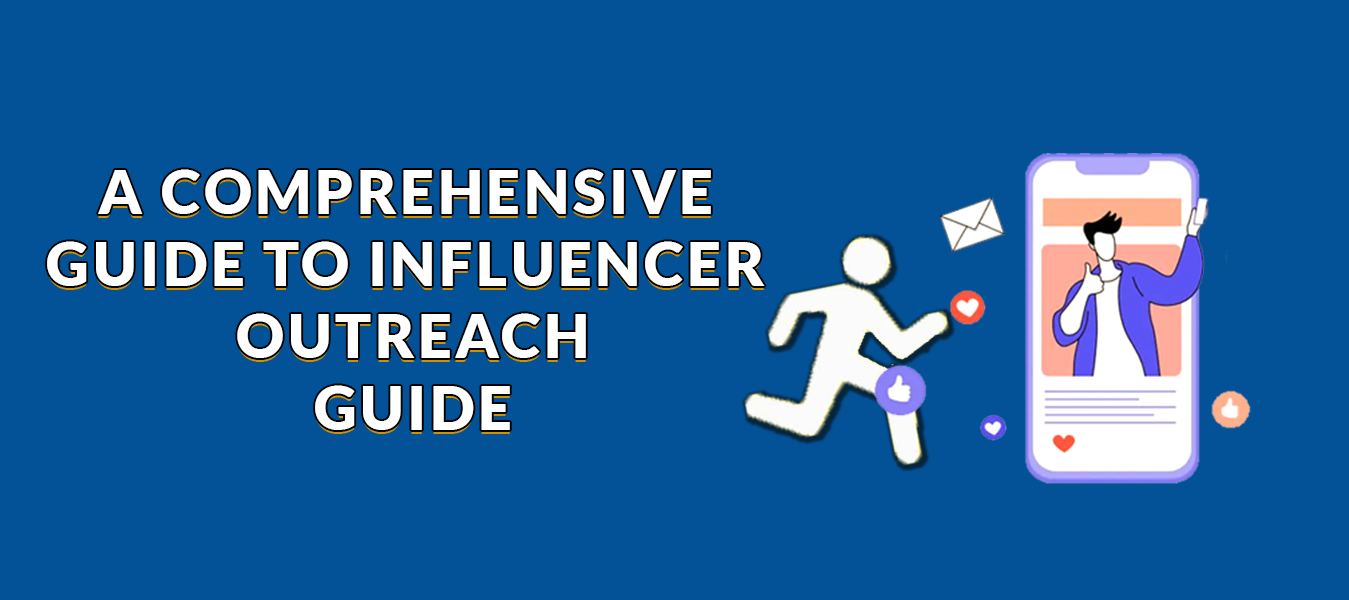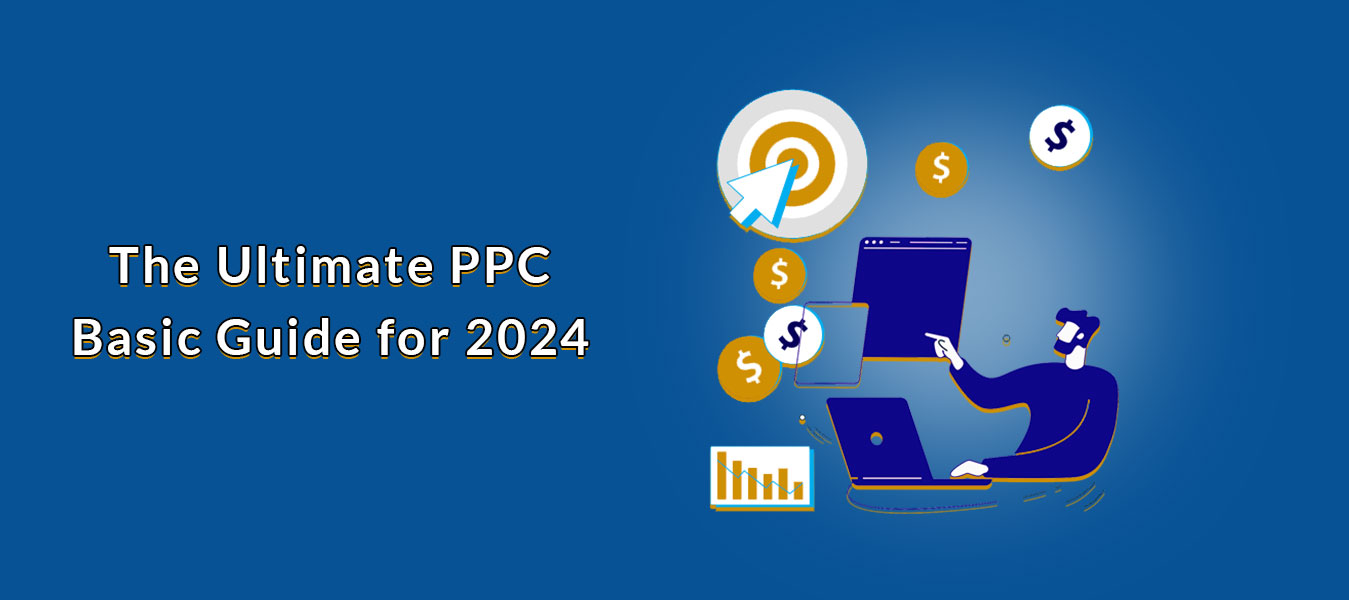Why some websites rank better than others?
The whole practice of search engine optimization (SEO) is based on finding the answer to this question.
In fact, if you look into Google’s SEO starter guide, you get a pretty clear view of how does SEO work.
“Search engine optimization (SEO) is often about making small modifications to parts of your website. When viewed individually, these changes might seem like incremental improvements, but when combined with other optimizations, they could have a noticeable impact on your site’s user experience and performance in organic search results.”
SEO’s world is always in a state of a stir.
We are two decades down since the inception of Google, and we are still struggling to find the answer to the question: why some websites do better on SERP than others?
If it would have been the early days of Google, then our answer would have been:
Because they add a lot of related keywords
Because they have a lot of links
But it’s 2020, and now, Google is no more about keyword stuffing and counting just quantity of links, not quality.
Now Google has become a lot smarter, and it uses at least 200 ranking factors to decide the fate of any website (some revealed, others unrevealed).
In this scenario, when someone asks me about the best SEO techniques, I always say that it is a mix and match of things – a bit of this and a bit of that.
You can’t say that okay, doing this and that will do the trick for you.
You have to work on many levels. You have to work with consistency. And… you have to do the right things.
So, considering this…
How much does SEO cost?
Now you might be thinking that SEO will be then a costly affair if you have to do so many things.
Well, the answer is ‘yes’ and ‘no’.
This is a reality that every year, companies spend around $65 billion on SEO practices.
Yes, SEO gets costly at times when you hire a professional SEO expert.
But the good thing is that winning the SEO world is not equal to breaking your bank.
If you know a few workable ‘How to do SEO’ tricks, you can do things yourself, and it will not cost you even a dime.
Do SEO for Free Without Spending a Lot of Money
Here are some SEO tips that you can pull yourself easily without any professional help.
Guess what? They are proven and tested, so they actually work!
1. Add Your Keywords Strategically
Keyword stuffing is wrong.
But adding keywords is essential.
So, where does heaven rest?
Well, somewhere between putting the right keywords in the right place.
It means that adding keywords matter but where you add them matters more.
So, what should you be doing?
You can add keywords sparingly in the content, but…
Always add the keyword at the top.
Put the keyword around which you want to optimize your content in the heading and the first paragraph.
Why?
Because that’s what Google counts for ranking.
For instance, these are top searches for the keyword ‘content marketing strategy’.
Let’s see how they have added the targeted keyword.
You can see that the keyword was used in the title, as well as in the first paragraph.
Both the things are at the top.
And the other best practice is to use the keyword in H1 or H2.
Though the top ranking blog has not followed this practice, the second-ranking blog has added the keyword in H1.
It means that cherries should always be at the top, right?
So put them…
2. Write a Unique Title Tag and Meta Description
It is seriously heartbreaking to see how some people handle their title tags and meta descriptions carelessly.
Paying some attention to creating high-quality title tags and unique meta description can give a free boost to your on-page SEO.
Source: Databox
You can see that both of them make up an essential part of on-page SEO, and Google also wants you to give importance to them.
So, Google is asking you to make high-quality title tags. And what does it mean?
It means that you should:
- Write descriptive and concise titles that tell the users what your page is about
- Create a unique title tag for each page of your site
…and you shouldn’t:
Do keyword stuffing that involves unnecessary addition of keywords.
That’s the story of the title tags.
And Google expects you to treat meta descriptions in the same way – the right way.
So what should you be doing with the meta description?
Google clearly asks you to write:
- Different descriptions for different pages.
- Informative and factually correct content.
- Descriptions without long strings of keywords.
- Quality descriptions that are readable and understandable.
And this is not beneficial for SEO only.
It also improves the quantity and quality of your traffic.
And Google also acknowledges it.
It means that good quality title tags can improve your site’s CTR (click-through rate). Another important SEO factor!
Understandably, people read the title tag and the meta description to decide whether they should click your link or not.
After all, no one has time to click useless articles. They want the best value for their time.
So, what you should be adding in your meta description to make it a ‘clicking’ trap?
You can add…
- A brief description that summarizes your topic.
- The most informative and striking excerpt of your content.
- Engaging facts that capture attention.
- Innovative point related to the topic that most people don’t know.
- Thought provoking question that intrigues people to read your content to find its answer.
In short, do whatever it takes you to grab prospects’ attention, except creating this kind of description…
Vague. Incomprehensible. Boring. Poor.
This is a big, fat NO!
3. Focus on Mobile-First Policy
In 2020, 53.81% of Google traffic comes from mobiles and 43% from the desktop.
So, there is no wonder that Google has adopted the policy of mobile-first for ranking any website.
The mobile-first policy means that your page should properly fit into the small screen of the mobile and give a seamless user experience.
It is way too crucial for higher ranking than you think.
4. Optimize Your Images
Images and other visual content are an effective way to make your page super hit – 51%of B2B marketers believe in this fact.
It means that more and more people are focusing on creating images to make their content more appealing.
But here is a problem: Google can’t see your image. It reads.
Google is becoming very smart with its machine learning update. And this update is more significant than you think.
But still, there is always a gray area and the possibility that Google might not understand your image properly.
So, the best practice is to facilitate Google in understanding your image, rather than testing its machine learning ability.
And that’s not the only reason why you should be working on image optimization.
Now Google is also considering image optimization for ranking a page.
Well, that’s what Google Webmaster Trends Analyst, Gary Illyes, said in his Reddit AMA session.
“Google Images and Video search is often overlooked, but they have massive potential.”
Here are some very simple tricks to optimize your image:
-
Give a Proper Name to Your File
Don’t name your ‘image file’ as ‘image’. Yes, your image is an image, we know that.
But Google wants to know what the image is about.
So give a proper name to your file.
And make sure that it relates to the image.
-
Use Descriptive Alt Text for Image
Google doesn’t have kept people at the other end to read your text for indexing. It has bots for this purpose – in other words, the machine system.
And you know, the machine is – a machine. It can’t read and comprehend an image like humans.
It needs support for understanding any image – and Alt Text provides it.
But you shouldn’t be doing two things:
- Adding incomplete alt text.
- Adding a pool of keywords.
So, what you should be doing is:
-
Use Unique Images
Copying stock images that multiple sites are using does no good for your SEO efforts.
They might visually appeal to readers, but Google doesn’t get impressed with them.
So, what should you do?
Simple: create unique and relevant images for SEO purposes rather than going with ‘free’ or ‘shutter stock’ images.
We know that Google gives importance to mobile-friendly content.
Similarly, a mobile-friendly image is also vital for SEO.
Well, that’s what Google is saying:
If you want to get the maximum benefits for your image creation efforts, make sure your image transits from desktop to mobile without distorting or expanding.
5. Send Link Juice through Internal Links
Just recall why you develop backlinks?
- To strengthen your link profile.
- To give authority to your site.
- To boost search engine ranking.
- To make it appear like a valuable resource.
That’s what internal links also do.
And it’s super easy!
You just have to link one page to another page on the same domain.
And the linking page will send its juice, or authority, to the linked page. Simple!
But here is a trick:
Use relevant keywords to put an internal link because Google takes keyword to understand what the linked page is about.
And more internal links a page gets, the more relevant it becomes for Google.
But wait!
Always make sure that…
The link is naturally placed.
The link is coming from a relevant page.
Using the same anchor text is good, but diversifying it is also important.
And there is not too much linking that it looks spammy.
THAT’S THE WAY!
6. Create Crazy Rich Content
Content is for SEO, what Newton is for Physics.
Like, seriously, you can’t take the name of one without mentioning the other.
That’s why now 90% of B2C marketers are developing a content strategy.
Pick a case study of any successful SEO campaign, and you will realize that content has somehow played the role of the catalyst.
Need some inspiration? Here you go:
Brian Dean – Backlinko
Brian Dean, on his website’s blog, himself tells how he boosted his organic traffic.
And what is that secret method?
Well, he used the Skyscraper Technique for link building to trigger his SEO efforts.
And then what happened? It brought desired results.
Now you might be thinking about how ‘Content’ fits into this case study?
The answer lies in the working of the skyscraper technique.
So, this link building technique works on four basic principles:
- Finding the best industry content for your targeted keyword.
- Creating even better content than that content.
- Outreaching people, linking to previous great content, with an engaging email.
- Presenting your content as a better option.
That’s it!
And result? Well, in the case of Brian Dean, he was able to increase his search traffic to 110%.
So, what happened?
He created ‘SUPER HIGH-QUALITY CONTENT’ that was hard to find anywhere else.
See? High-quality content paved the way for amazing SEO benefits.
Nathan Gotch – Gotch SEO!
Nathan Gotch reveals on his blog how he converted his squeeze page into a conversion booster.
74.5% conversion through the squeeze page is pretty crazy. Because according to Unbounce, 12% conversion means you are better than 90%.
So, what he actually did?
- Before landing his prospects, he warmed up people with highly valuable content.
- Created catchy headlines that attracted readers.
- Developed a super-effective CTA copy.
You can see that content was the driving force behind all these three things.
Robbie Richard – Robbierichard.com
Robbie Richard shared on his blog a case study of one of his readers, showing how he boosted the traffic of his client to 150,732.
The 6-step process was simple:
- Do keyword research for finding topics that do the best
- Write fantastic content around those keywords
- Fulfill basic One-page SEO requirements, including creating engaging title tag and meta description
- Get a list of email subscribers
- Promote your content with engaging emails
- Build backlinks through various link building techniques
Now, from 1 to 6, you can see that ‘content’ has played a major or minor role in powering each step.
The Major Take Away?
Invest time, money, and strength in creating fantastic content because it will somehow pay you back in the form of:
- High rankings
- Increase in traffic
- High ROI rate
- More leads
So, your every bit of time, money, and strength is worth spending on creating high-quality content that people and Google love.
7. Create Lengthy Content
Lengthy content is a new parameter for quality content – and stats support it.
Most of the top-ranking content has an average 1,140-1,285 words.
It means that those 500-700 words articles are not that helpful in boosting your SEO effort.
Even 1000+ word articles don’t sound so amazing.
For example, this is a top-ranking post for the keyword ‘Content Marketing Strategy.’
Guess the total number of words of this article?
Well, 2930+ words.
Similarly, this post for keyword ‘DIY Home Décor Ideas’ is ranking on the top.
Guess how many words it has?
Answer: 2230+
It means that if you want your content to do well on search engines, lengthy content is the way.
It will take a lot of time because…
You have to research like crazy
Compile data diligently
Analyze data smartly
Create content intelligently
And… promote post arduously.
But this whole effort will be worth it.
8. Focus on Link Building
Link building has long been in the ranking game, and it is not ready to go anywhere soon.
The only change is in the way Google analyzes these links.
Like, before Google only focused on quantity, but now quality matters.
Before spammy links were okay, now they are not at all acceptable.
But it is okay!
You have many amazing link building ways that you don’t need to look for sneaky ways.
Here are my top three go-to link building ways along with reasons why I love them.
-
Guest Posting
I love guest posting as a link building technique.
In fact, I have been doing it for myself and my clients for many years, and it never disappoints me.
And here is the proof.
See?
Guest posting can play a huge role in your SEO efforts by building quality links.
-
Link Roundups
In case, you don’t know about link roundups, here is your go:
“Link roundups are daily, weekly, or monthly roundups, mentioning links of the industry’s best content and websites.”
In easy words, building links through link roundups means getting mentioned on blogs that give the list of top content.
Visually, that’s how sites mention link roundups:
And this definition takes you to why I like it:
- You get a quality link from a high authority site.
- You establish authority as you get a shout out from an established blog.
- You build credibility because you are mentioned under ‘the best’s’ list.
-
Copy Competitor’s Backlinks
Copying your competitors’ backlink profile is a super-easy way to know the source of getting backlinks.
And it is really easy.
You just need to put your competitor’s URL in the backlink analysis tool, and… bang!
You get the secret of their success.
Like, go to MOZ Open Site Explorer.
Type in URL of your competitors, and you will get the secret of their ranking.
After getting the backlink profile, you can reach out to all those people linking to your competitors.
If you also have fantastic linkable content, you can manage to get a link.
Why do I like this technique?
Well, who doesn’t like getting good things without putting much effort?
Conclusion
The quest to grab a place on the first page of Google seems pretty legit when you know that only top searches get the cherry.
Around 75% of traffic goes to the first search page only. It shows that you have to buckle up to manage your place in the top 5 organic rankings.
Businesses are spending millions to keep a hold on top rankings.
So it is hard for new businesses or small businesses with fewer budgets to dethrone well-established businesses.
But the good thing about SEO is that if you keep on walking the straight path with consistency, strategy, and fairness, you can change your bottom line gradually.
And it also doesn’t always cost you a leg and an arm.
































